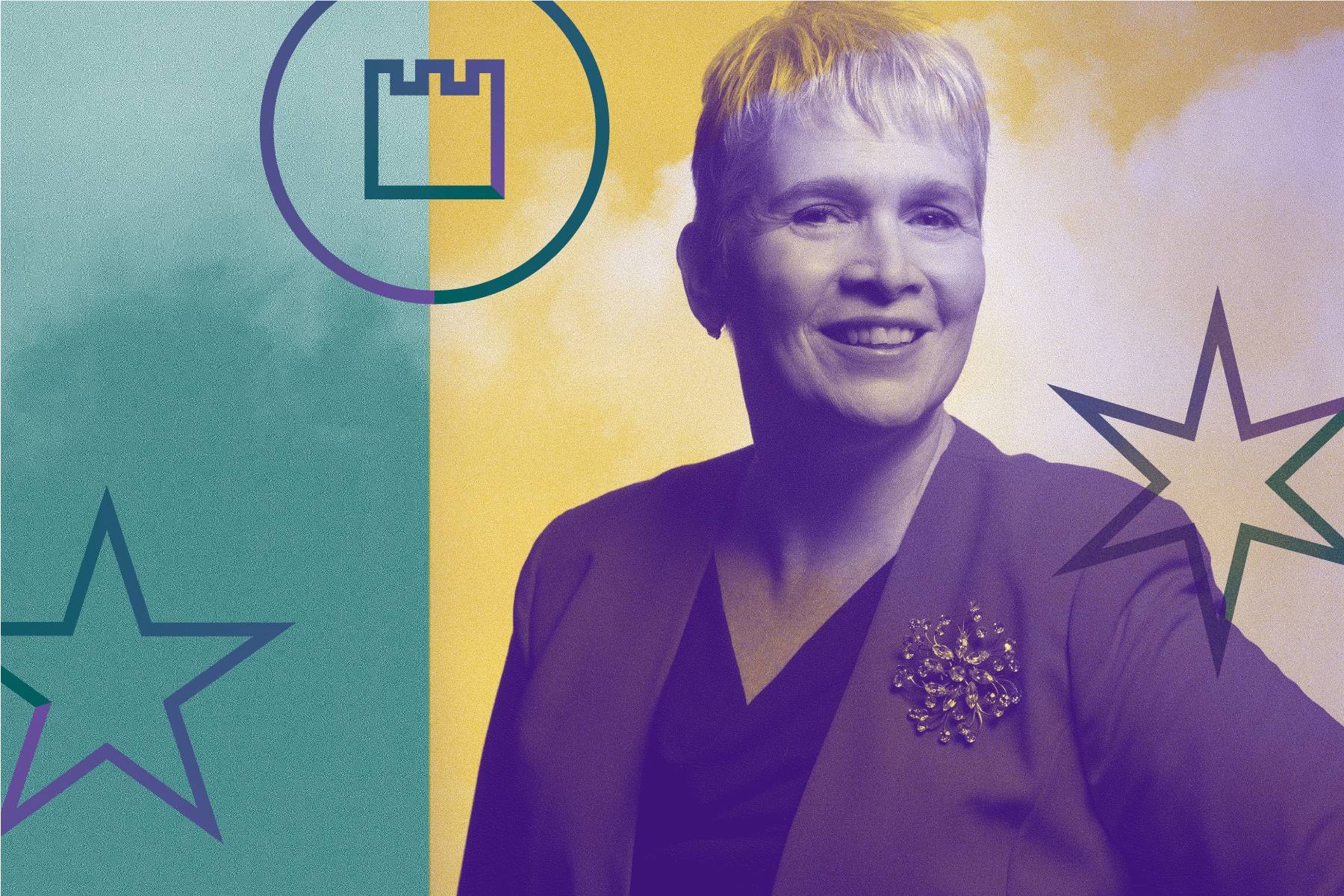
Stocks that are declining in value can be purchased when the stock market crashes. Because they are often low-valued, this is a great time for pharma stocks to be purchased. Moderna, for instance, has dropped about half its value in the last three month due to slower vaccination rates. IntuitiveSurgical (ISRG), which recently released Street-beating results for the fourth quarter, said that COVID had taken its toll upon robotic surgery. Despite Intuitive Surgical's recent decline, there are still many companies worth considering. As Warren Buffett once said, "be fearful when others are greedy." Focusing on these companies can help you make the most out of the situation.
Profitable stocks for the long-term
You have several strategies you can use as a stock trader to make money from market crashes. The stock market has historically fluctuated between up and down. A crash can offer investors the opportunity to sell high and buy low stocks. If you have the patience to wait for a recovery, you can buy even more stocks and avoid the inevitable losses. There are some things that you need to know before buying your next stock market investment.
A great way to invest in stocks at low costs is to purchase consumer cyclicals. These are companies that produce consumer products and invest long-term in them. These stocks are safer investments and more lucrative than other markets. These stocks are great because they often pay a steady dividend, and don't experience a market crash. Additionally, these stocks can offer generous dividend yields which can offset any share price drops.

Diversification
There are two options for investing in the stock market. You can either avoid major declines or purchase high-conviction assets. You may choose to invest in high-tech stocks when the market is doing well and avoid boring sectors. However, bonds may be an option for you if the market has fallen. You won't miss out a significant recovery.
Diversifying your portfolio can be done by investing in currencies. Although cash can be a safe haven, it won't give you the return you want. Currency pairs, for example, have a low correlation. This is because they're less volatile than stocks and they won’t see a price drop at the same. Diversification is important, but it's not enough to avoid all risks.
Tax-loss harvesting
Tax-loss Harvesting is an option that can be used to reposition portfolios for investors with diversified portfolios. This will also help reduce the overall tax burden. Many robo-advisors offer tax-loss harvesting options to their clients. Assessing your situation and deciding if tax-loss Harvesting is appropriate is the key. Even though it's not advised for the most severe losses, tax-loss Harvesting can be beneficial for holdings which do not align with your investment strategy. This means that if your holdings don't perform well, you can easily replace them with something better.
Another strategy is to profit from taxable losses by selling your portfolio. This strategy, while not ideal for tax purposes can be beneficial for diversification. Devon holds stock A in a concentrated manner and plans to sell fund B in order to reinvest the money into a different mutual funds. The new mutual fund will provide greater diversification at lower costs. Consider how much tax-loss harvesting can save you when deciding which stocks to buy during market crashes.

Buy on the dip
The market's decline means that you can buy stocks on a dip, but not during a market crash. You must be willing to invest cash in order to buy a falling investment to be successful. A retirement plan and an emergency fund are essential. You also need cash to cover everyday expenses. Individual stocks are also important. You can keep one stock for a while, but not all of them.
It may seem counterintuitive to invest strategies like dollar-cost averaging or price targets, that stocks are bought on dips. If you are financially stable, buying shares at a low price might be a good idea. You will need to have some self-control and mental calm to purchase shares at a low price. You'll be glad that it was done once you get started.
FAQ
What is a REIT?
A real estate investment trust (REIT) is an entity that owns income-producing properties such as apartment buildings, shopping centers, office buildings, hotels, industrial parks, etc. They are publicly traded companies that pay dividends to shareholders instead of paying corporate taxes.
They are similar companies, but they own only property and do not manufacture goods.
How can people lose money in the stock market?
Stock market is not a place to make money buying high and selling low. You can lose money buying high and selling low.
Stock market is a place for those who are willing and able to take risks. They will buy stocks at too low prices and then sell them when they feel they are too high.
They expect to make money from the market's fluctuations. But they need to be careful or they may lose all their investment.
How do I invest in the stock market?
Through brokers, you can purchase or sell securities. A broker can sell or buy securities for you. Brokerage commissions are charged when you trade securities.
Banks charge lower fees for brokers than they do for banks. Banks offer better rates than brokers because they don’t make any money from selling securities.
An account must be opened with a broker or bank if you plan to invest in stock.
A broker will inform you of the cost to purchase or sell securities. This fee is based upon the size of each transaction.
Ask your broker about:
-
the minimum amount that you must deposit to start trading
-
whether there are additional charges if you close your position before expiration
-
What happens to you if more than $5,000 is lost in one day
-
How long can positions be held without tax?
-
How much you are allowed to borrow against your portfolio
-
Transfer funds between accounts
-
How long it takes transactions to settle
-
How to sell or purchase securities the most effectively
-
how to avoid fraud
-
how to get help if you need it
-
How you can stop trading at anytime
-
If you must report trades directly to the government
-
whether you need to file reports with the SEC
-
What records are required for transactions
-
How do you register with the SEC?
-
What is registration?
-
How does this affect me?
-
Who needs to be registered?
-
When do I need registration?
Statistics
- The S&P 500 has grown about 10.5% per year since its establishment in the 1920s. (investopedia.com)
- Ratchet down that 10% if you don't yet have a healthy emergency fund and 10% to 15% of your income funneled into a retirement savings account. (nerdwallet.com)
- Individuals with very limited financial experience are either terrified by horror stories of average investors losing 50% of their portfolio value or are beguiled by "hot tips" that bear the promise of huge rewards but seldom pay off. (investopedia.com)
- US resident who opens a new IBKR Pro individual or joint account receives a 0.25% rate reduction on margin loans. (nerdwallet.com)
External Links
How To
How to open a Trading Account
Opening a brokerage account is the first step. There are many brokerage firms out there that offer different services. Some have fees, others do not. Etrade, TD Ameritrade and Schwab are the most popular brokerages. Scottrade, Interactive Brokers, and Fidelity are also very popular.
Once you've opened your account, you need to decide which type of account you want to open. Choose one of the following options:
-
Individual Retirement Accounts (IRAs)
-
Roth Individual Retirement Accounts
-
401(k)s
-
403(b)s
-
SIMPLE IRAs
-
SEP IRAs
-
SIMPLE 401(k)s
Each option offers different advantages. IRA accounts offer tax advantages, but they require more paperwork than the other options. Roth IRAs allow investors deductions from their taxable income. However, they can't be used to withdraw funds. SIMPLE IRAs are similar to SEP IRAs except that they can be funded with matching funds from employers. SIMPLE IRAs require very little effort to set up. They allow employees and employers to contribute pretax dollars, as well as receive matching contributions.
Finally, you need to determine how much money you want to invest. This is called your initial deposit. You will be offered a range of deposits, depending on how much you are willing to earn. Depending on the rate of return you desire, you might be offered $5,000 to $10,000. The conservative end of the range is more risky, while the riskier end is more prudent.
You must decide what type of account to open. Next, you must decide how much money you wish to invest. Each broker sets minimum amounts you can invest. These minimums can differ between brokers so it is important to confirm with each one.
After you've decided the type and amount of money that you want to put into an account, you will need to find a broker. Before choosing a broker, you should consider these factors:
-
Fees – Make sure the fee structure is clear and affordable. Brokers will often offer rebates or free trades to cover up fees. However, many brokers increase their fees after your first trade. Do not fall for any broker who promises extra fees.
-
Customer service - Look for customer service representatives who are knowledgeable about their products and can quickly answer questions.
-
Security - Make sure you choose a broker that offers security features such multi-signature technology, two-factor authentication, and other.
-
Mobile apps – Check to see if the broker provides mobile apps that enable you to access your portfolio wherever you are using your smartphone.
-
Social media presence – Find out if your broker is active on social media. If they don’t have one, it could be time to move.
-
Technology – Does the broker use cutting edge technology? Is the trading platform user-friendly? Are there any glitches when using the system?
After choosing a broker you will need to sign up for an Account. While some brokers offer free trial, others will charge a small fee. After signing up, you'll need to confirm your email address, phone number, and password. Next, you'll need to confirm your email address, phone number, and password. Finally, you'll have to verify your identity by providing proof of identification.
Once verified, your new brokerage firm will begin sending you emails. These emails contain important information and you should read them carefully. These emails will inform you about the assets that you can sell and which types of transactions you have available. You also learn the fees involved. Be sure to keep track any special promotions that your broker sends. These promotions could include contests, free trades, and referral bonuses.
The next step is to open an online account. An online account can be opened through TradeStation or Interactive Brokers. These websites are excellent resources for beginners. To open an account, you will typically need to give your full name and address. You may also need to include your phone number, email address, and telephone number. Once this information is submitted, you'll receive an activation code. To log in to your account or complete the process, use this code.
You can now start investing once you have opened an account!